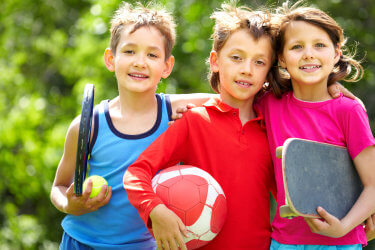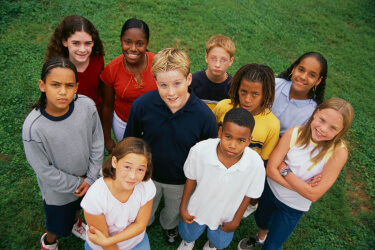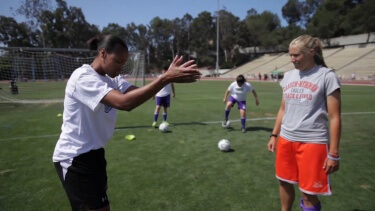(3 Minute Read)
More than 35 million children between the ages of 8 and 19 participate regularly in youth sport (Sport & Fitness Industry Association, 2019). The benefits of participating in youth sports should not go unnoticed with the opportunity to inspire confidence and mental health, prevent obesity, and reduce the risks of youth violence or substance abuse (The Aspen Institute, 2018). Participation in youth sports is also associated with higher test scores, improved academic achievement, success in postsecondary education, earning a bachelor’s degree, and higher income (Athletic Business, 2019; The Aspen Institute, 2018).

Coaches play a crucial role in assisting with the development of youth participants through their ability to mentor. The benefits of coaching and mentoring are well-documented, with the proteges experiencing increased academic achievement, lower engagement in risky behaviors, greater self-efficacy, decreased behavioral problems, and improved social skills (Global Sports Development, 2019). With proper mentoring from a coach, a young athlete can learn valuable lessons through psychosocial (psychological & social) functions of role modeling, acceptance and confirmation, counseling, and friendship (Kram, 1985).

With a proper role model (coach/mentor), a young athlete (protégé) can observe behaviors, attitudes, and values that could lead to important life lessons to use on and off the athletic field. For example, the coach can teach about failure and show the young athlete how to respond with resilience and maintain a positive attitude, both of which can lead to a determination to succeed. Through acceptance and confirmation, the coach can express confidence, create mutual trust, confirm individual abilities, and lend encouragement to support the young athlete. In addition, coaches may counsel a protégé through a personal conflict, that may distract the young player from being successful, by assisting them with their ability to reflect and make decisions. Finally, friendship is a social interaction that allows the young athlete to share personal experiences.

While the coach is mentoring young athletes through the use of the psychosocial functions, he or she may also want to set-up a peer mentoring program for the team. This type of program is best suited for high schoolers, as a coach could pair upper-class students with younger students. The players could be paired according to common interests or similar personalities. Activities could include working on drills together, going over plays, and discussing the game film. The peer mentorship program could also include having outside activities organized together with students, such as team parties, to continue in the development of the mentoring relationship.
For younger athletes, a peer mentoring program could also work if there are enough volunteers who may want to gain experience in coaching but at the same time assist in providing guidance to young athletes. The key element is getting enough peer mentors to volunteer with the program. Once peer mentors have been identified, the peer mentor may assist the young athlete with the same type of activities already mentioned, but with more focus on one-to-one peer mentoring, something the coach does not always have time to do.

To implement a peer mentor program for youth sports, consider the following three strategies:
- Determine your role as a coach (mentor) and what type of activities you would like to include that would assist young athletes.
- Determine if you would like to set-up a peer mentoring program for high school age students. How would you pair them? What activities would you include? How would you relay the expectations of the mentor and protégé?
- Determine if you would like to set-up a peer mentoring program for younger athletes. How would you recruit peer mentors? What activities would you include? How would you relay the expectations of the mentor and protégé?
References
Athletic Business. (2019). Infographic: The benefits of youth sports. Retrieved from
https://www.athleticbusiness.com/recreation/infographic-the-benefits-of-youth-sports.html
Global Sports Development. (2019). Peer-to-peer mentoring among youth athletes. Retrieved from http://globalsportsdevelopment.org/2016/04/07/peer-to-peer-mentorship-among-youth-athletes/
Sport and Fitness Industry Association. (2019). 2019 sports, fitness, and leisure activities topline participation report. Retrieved from https://www.sfia.org/reports/707_2019-Sports%2C-Fitness%2C-and-Leisure-Activities-Topline-Participation-Report
The Aspen Institute. (2018). State of play 2018: Trends and development. Retrieved from https://www.aspenprojectplay.org/kids-facts-benefits

Want to join